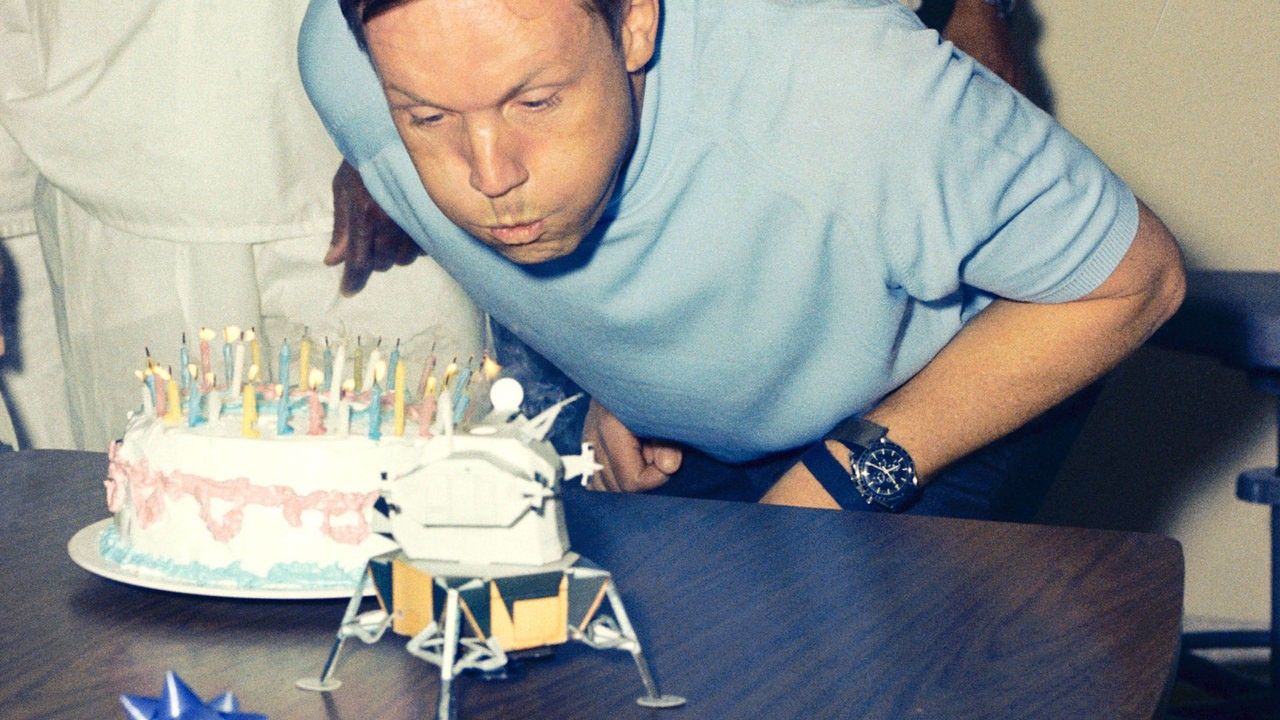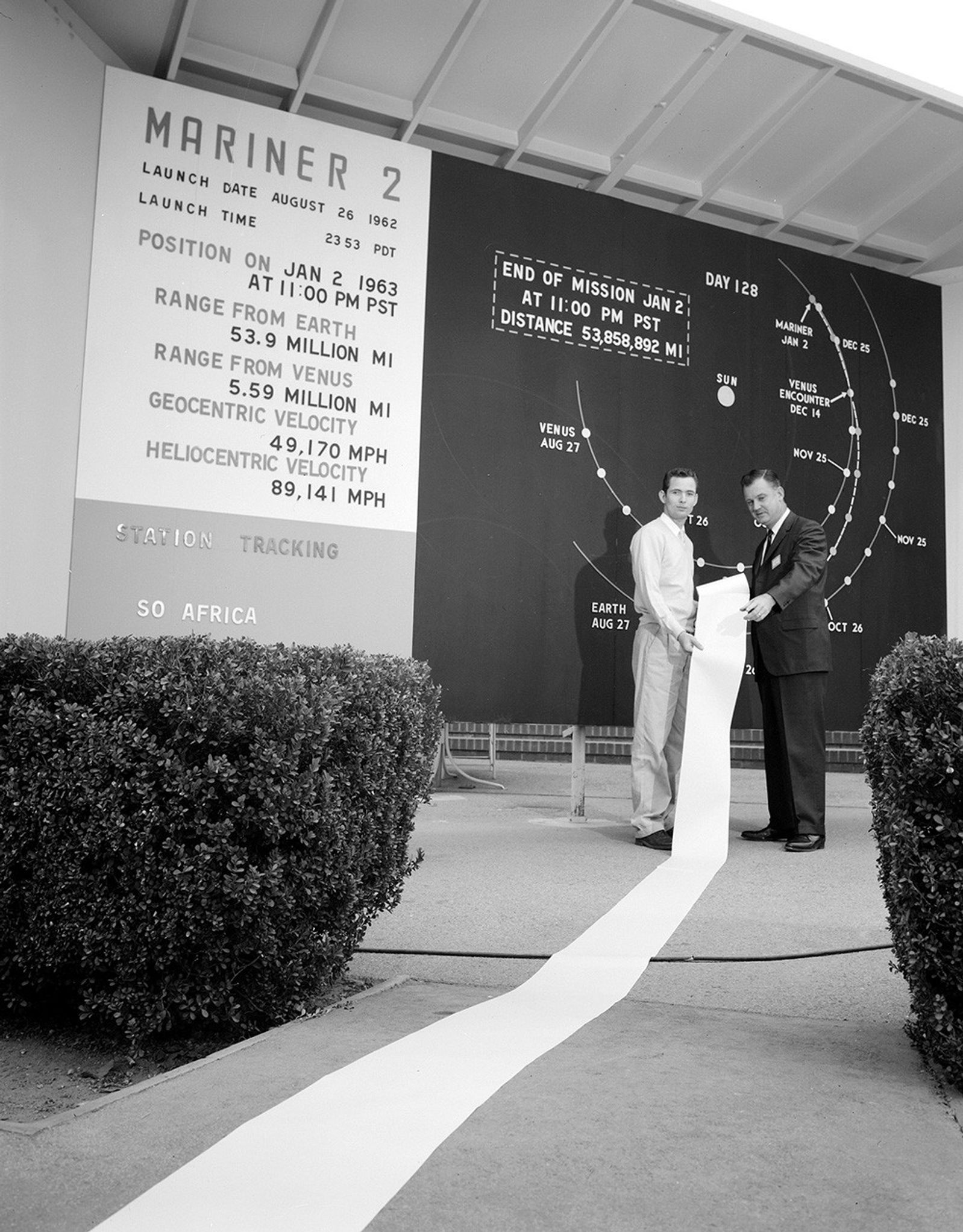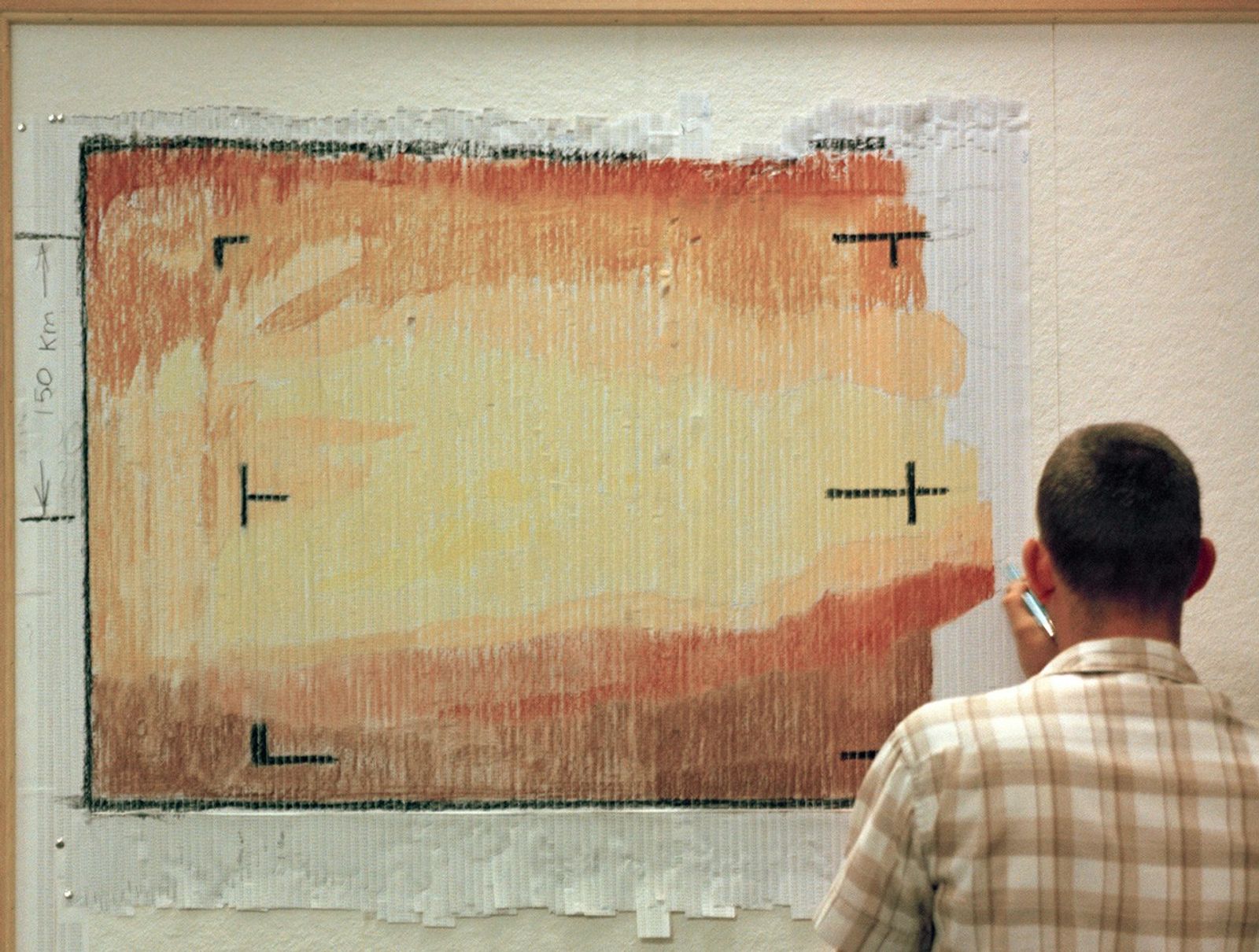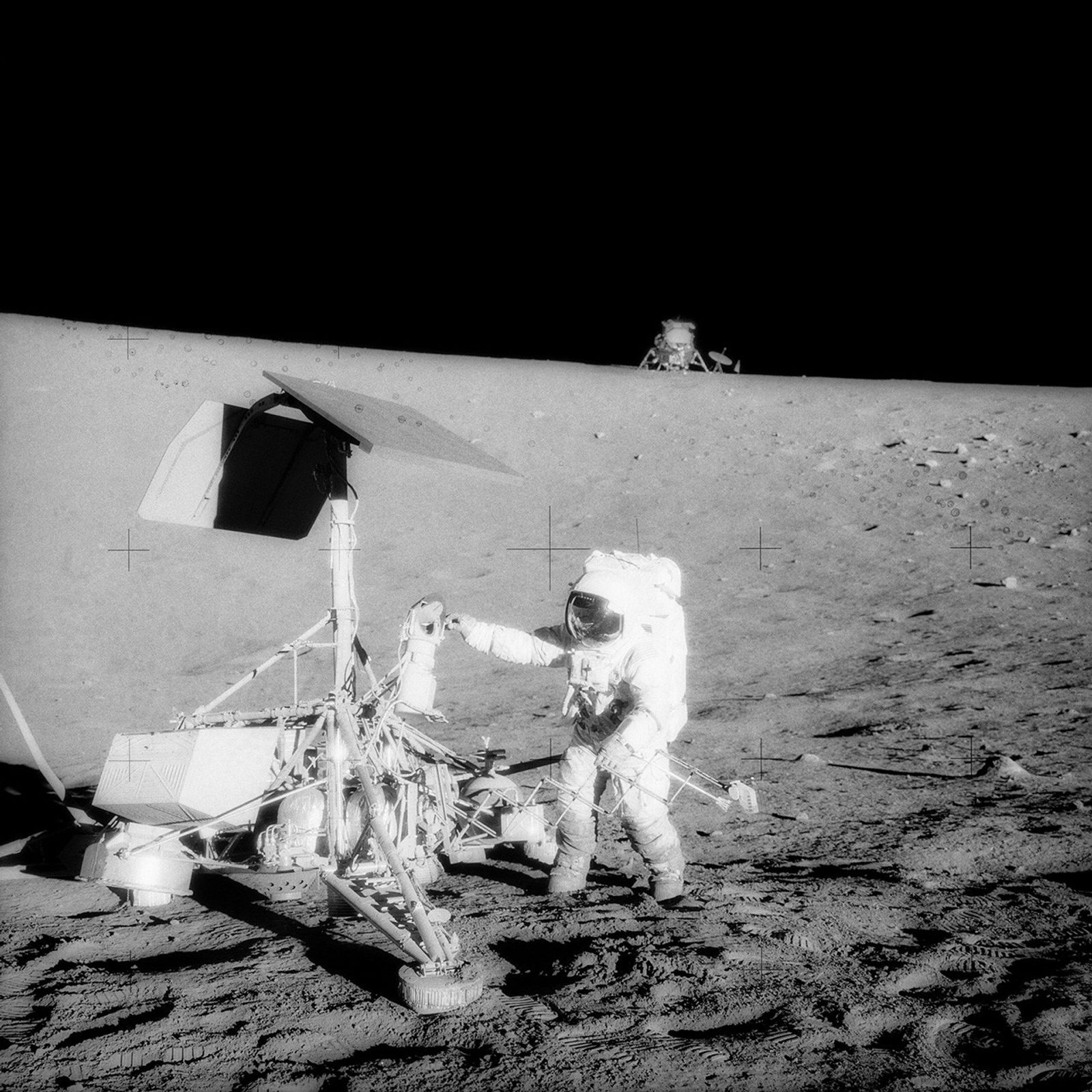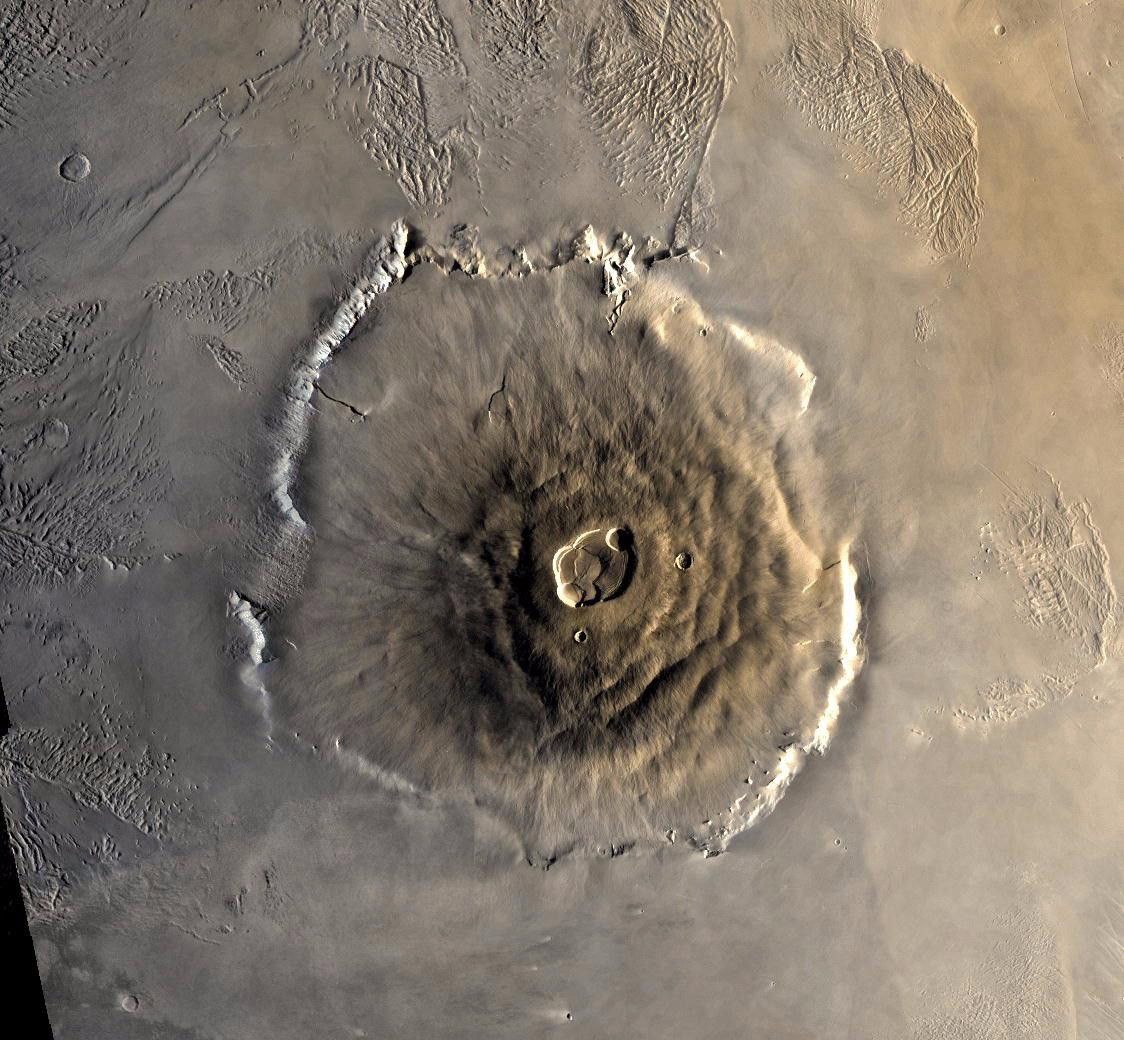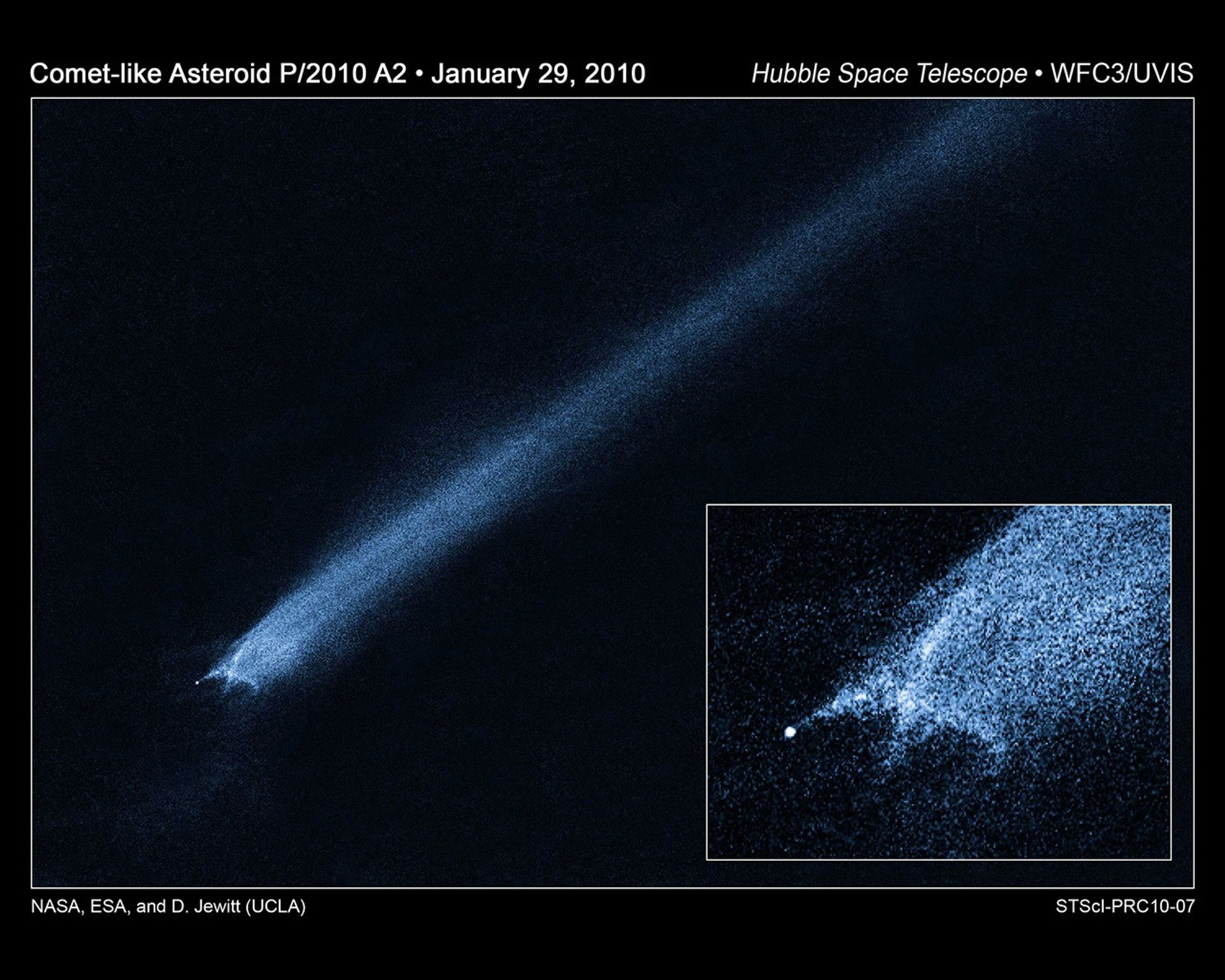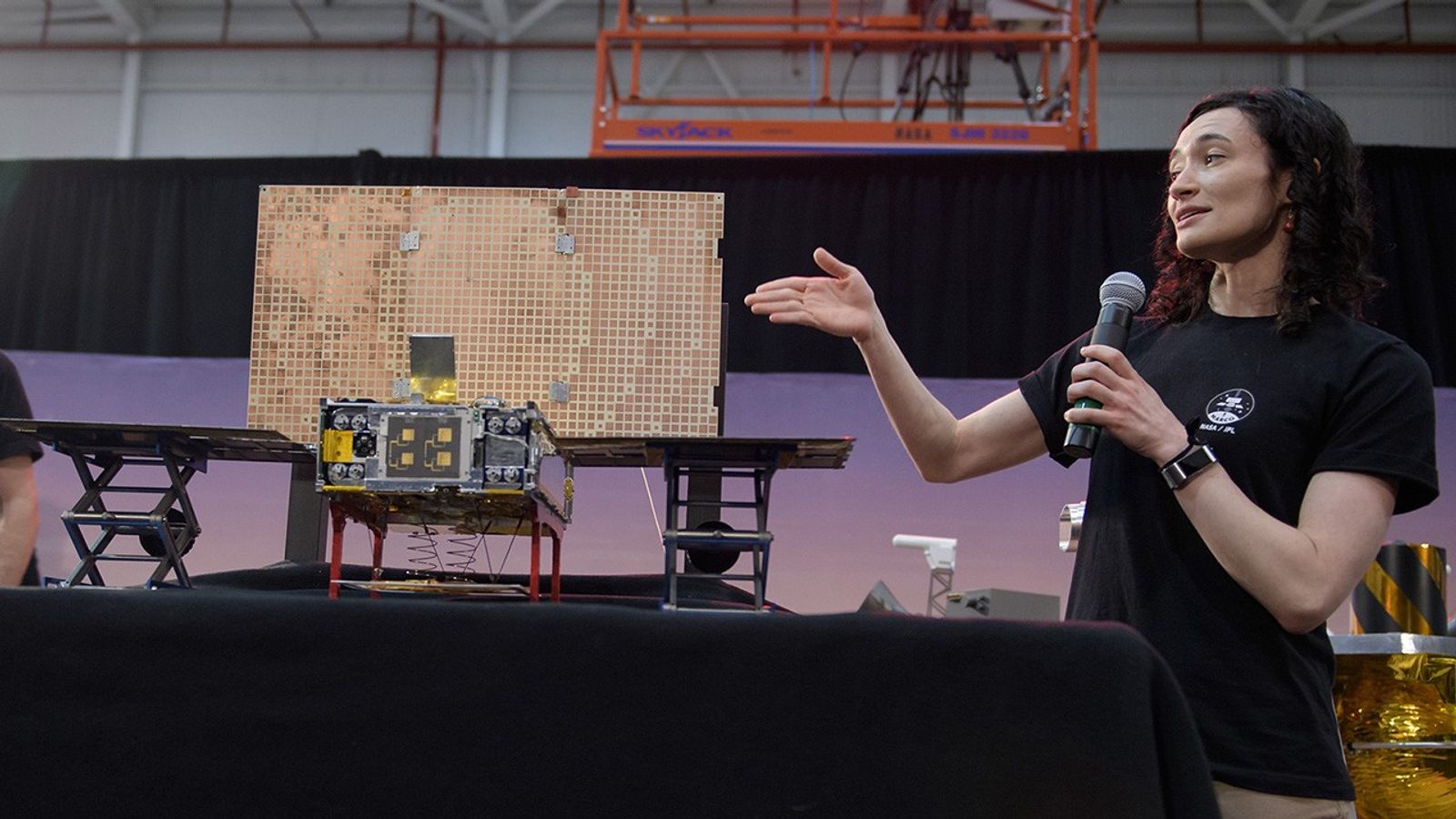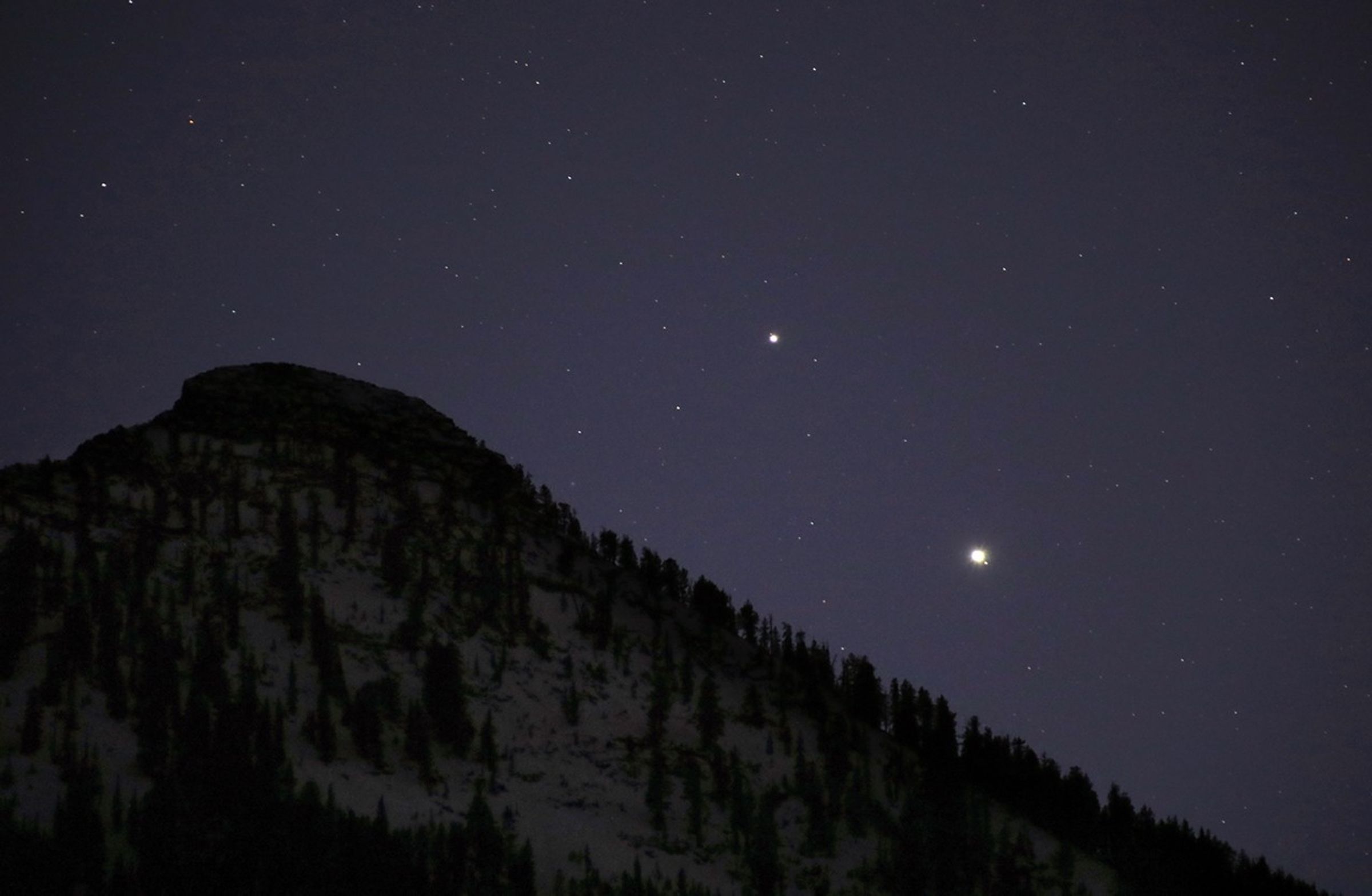Quite a few candles have been lit since NASA was born on Oct. 1, 1958. Here’s a quick look back at some highlights from six decades of exploration—and a glimpse of what’s ahead.
For full coverage of NASA's last six decades of exploration, visit NASA: 60 Years and Counting.
1. “Light This Candle” (NASA's Age: 19 months)
May 5, 1961: Lighting candles has a double meaning at NASA thanks to Alan Shepard, the first American in space.
Just 23 days earlier, Soviet cosmonaut Yuri Gagarin had become the first man in space.
''That little race between Gagarin and me,'' Shepard said, ''was really, really close.''
After several delays and more than four hours in the capsule, Shepard was ready to go, and he famously urged mission controllers to ''fix your little problem and light this candle.''
They did, and America’s human spaceflight program was officially off the ground.
2. Hello, Neighbor (Age: 3 years)
Dec. 14, 1962: Mariner 2 wasn’t just the first spacecraft to successfully visit another planet. The 42-minute scan—all data, no images—transformed theories of Venus as a hot, wet and jungle-like world cloaked in steamy clouds. Mariner 2 offered the first glimpse of the Venus we know today: an unusual world with a backwards rotation and intense heat and pressure that render the surface off limits to human explorers.
Read More:
3. First TV Image of Mars (Age: 5 years)
July 15, 1965: Engineers watching the first digital image come down from Mariner 4 at Mars in 1965 couldn’t wait for image processors to make a color image. So they printed out the incoming data in strips, mounted the on a board and hand-colored the strips (the numbers represented colors) with pastel chalk until the now-familiar reddish hues of Mars emerged on the strips—the first close up image of another planet.
4. Science on the Surface of the Moon (Age: 7)
Apr. 20, 1967: The success of Surveyor 1 in proving it was safe for astronauts to land on the Moon—one theory held a lander might sink into deep dust—led engineers to start adding more science to future missions. Surveyor 3 carried a soil sampling scoop that dug trenches in the lunar soil and scooped some up for close study by the lunar lander’s television cameras.
Surveyor 3 also has the distinction of being the only robotic lander visited by human beings in deep space (so far). The crew of Apollo 12 used Surveyor 3 as a precision landing target, touching down close enough to walk to the robot and collect a camera and soil scoop so engineers could study the effects of more than two years sitting on the Moon.
5. Vikings to Mars (Age: 17)
June-July 1976: The twin Viking landers—the first landings on Mars that returned science data—get most of the glory. But they were backed up by twin orbiters that went by the same name. The combined Viking landers and orbiters truly brought the surface of Mars into focus for the first time, imaging the entire surface of the Red Planet at a resolution in unprecedented detail. The global view of Mars revealed, among other things, the first tantalizing hints of past water on Mars.
6. Everything is Moving (Age: 30+)
Apr. 24, 1990: The Hubble Space Telescope, launched on this day, may be best known for its stunning views of distant stars and galaxies, but it also helped reveal our own solar system as an active, dynamic place. A few examples:
July 1994: Hubble caught a comet smacking into Jupiter—the first time human beings witnessed firsthand a collision between a comet and a planet. It also captured an apparent asteroid collision with Jupiter in 2009.
Jan. 6, 2010: Hubble captured what appears to be a head-on collision between two asteroids. Astronomers have long thought that the asteroid belt is being ground down through collisions, but such a smashup has never before been seen.
Sept. 26, 2016: A Hubble team announced the first evidence of possible plumes erupting from Jupiter’s moon Europa (see No. 9).
7. A Piece of the Action (Age: 47)
Jan. 15, 2006: The crew of Apollo 11 has the distinction of completing the first return of soil and rock samples from beyond Earth. Robots collect samples from places people can’t go—plunging, for example, into the tail of a comet to collect samples.
NASA’s Stardust mission returned the first pieces collected from an active comet in 2006. Next on deck for NASA is OSIRIS-REx, which will collect America’s first asteroid samples from asteroid Bennu in 2019. The honor of the first asteroid sample return goes to Japan’s Hayabusa in 2005.
8. We <3 Pluto (Age: 56)
To say that New Horizons shook the foundation of planetary science with it's 2015 Pluto flyby is an understatement.
Scientists found a world far more complex and geologically active than expected, including Sputnik Planitia, currently the largest known glacier in our solar system. The discoveries not only introduced us to the Pluto system, but hinted at what awaits as scientists examine other worlds in the Kuiper Belt.
New Horizons will soon give us another close look at something new when it makes a close pass by MU69 in the Kuiper Belt on Jan. 1, 2019.
9. Science Never Stops (Age: 58 years)
May 14, 2018: An 89-year-old scientist was part of a team that used more than 20-year-old data to provide increasing evidence the Jupiter’s ocean moon Europa may be venting plumes from its global ocean into space. The data came from NASA’s Galileo spacecraft, which orbited Jupiter from 1995 to 2003. The scientist, Margaret Kivelson, was on the original mission team and joined with other colleagues in reanalyzing the data and combining it with Hubble observations that reported the first evidence of the plume.
Read More:
10. More to Come (Age 60+)
NASA has an active fleet out there. Here a just a few upcoming highlights:
Nov. 26, 2018: NASA’s InSight mission will land on Mars. We’ll also be testing MarCO (engineer Annie Marinan is shown here with a full-scale model), the first interplanetary small satellites, as a communications relay for the landing.
Dec. 3. 2018: OSIRIS-REx arrives at asteroid Bennu.
Jan. 1, 2019 Another First: Celebrate the New Year with something completely new--New Horizons will make a close pass by MU69, a Kuiper Belt object about a billion miles beyond Pluto. MU69 will be the most distant object ever explored by human beings.
In Development: Mars 2020 rover (the descent stage is pictured), Europa Clipper (destined to explore that alien ocean from No. 7), asteroid missions named Psyche and Lucy and potential new missions to return humans to the Moon.






























